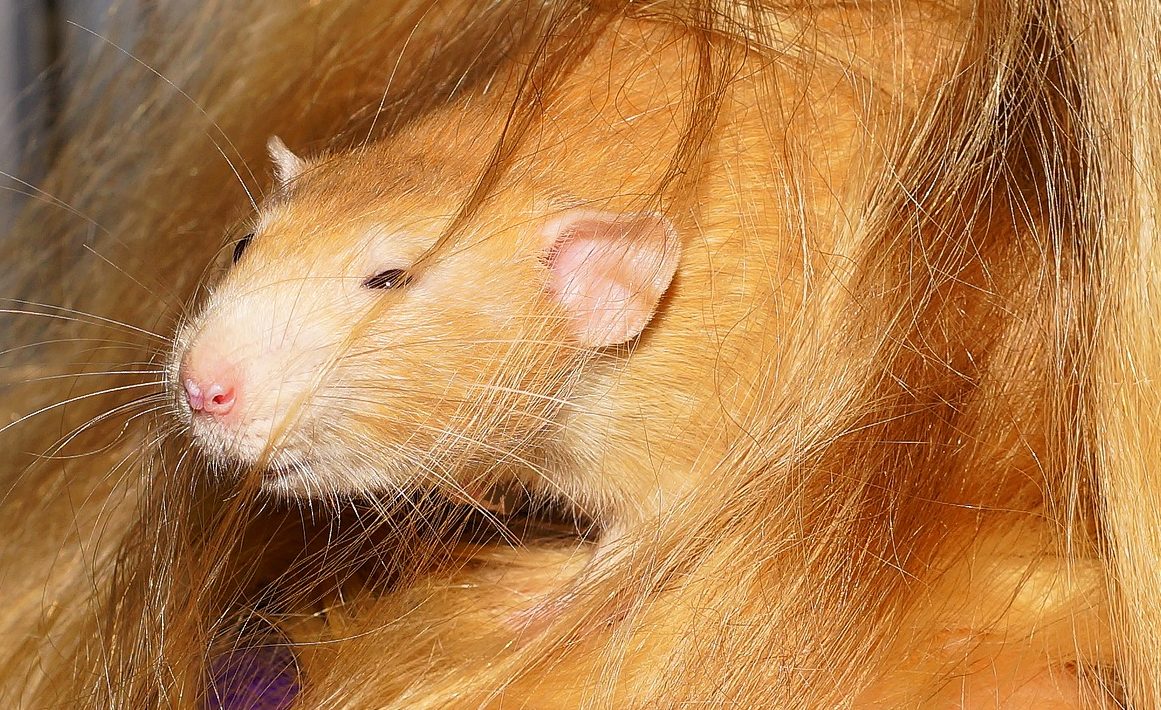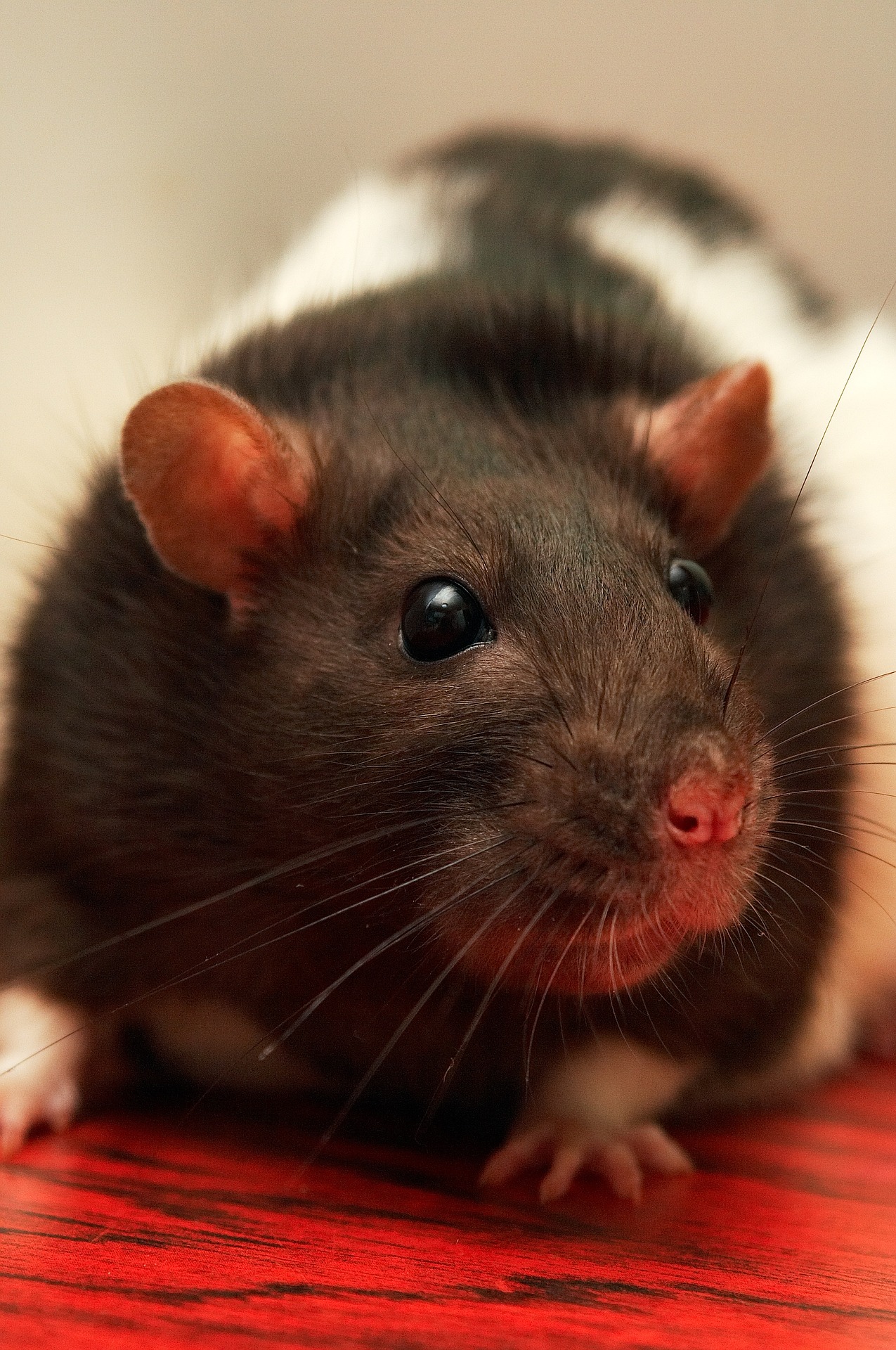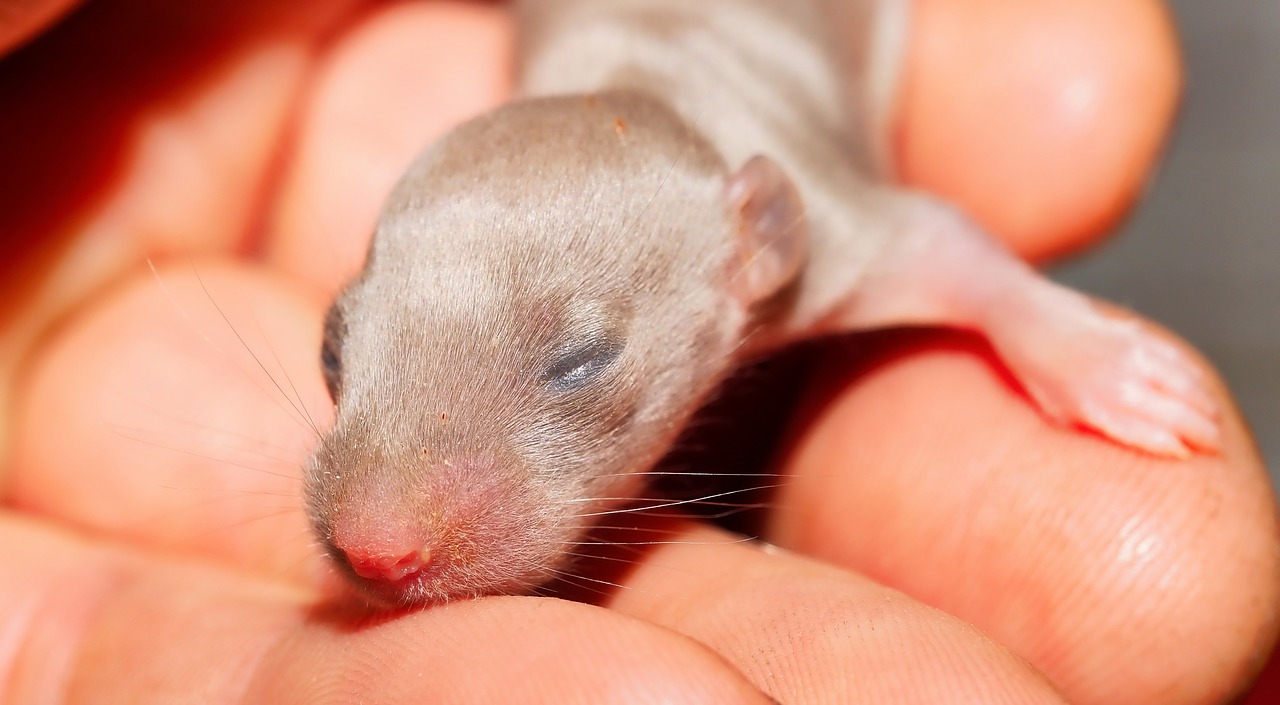Do Rats Have Eyelids?

If you’re new to pet rats, the anatomy of your rats’ faces may lead you to believe that your rats don’t have eyelids. Their eyes protrude by quite a lot, and they almost look like there’s no way to seal them off. However, all you have to do is catch your rat in mid-nap…
Do Rats Have Eye Lids?
The eyes are one of the most sensitive organs that most animals, including humans and rats, have. Therefore, they must be protected in some way. Just like people, rats have protective eye lids that serve a variety of functions. If you stumble upon your sleeping rat, you will notice that both eyelids shut tight; keeping the eye safe while the rat sleeps peacefully. You will also notice that your rat will close its eyes whenever it bathes.
What Does the Lid Do to Protect the Rat?
Like us, eye lids serve many different purposes for our rats. As a matter of fact, rats are far more likely to encounter issues with their eyes, as they are smaller creatures that are frequently exposed to dust, dirt, hair, pollutants, and more. This appendage helps to maintain rat eye health, just like ours protect us!
Firstly, these lids serve to keep the eyeball moist. The eyeball is lubricated within its socket, allowing it to move quickly and fluidly. If high winds or dry weather is an issue, the tear ducts will compensate for lost fluid by producing tears in higher quantity. Sometimes, porphyrin (tears) can build up along the eyes, even when the animal isn’t sick.
A second primary concern for the eye is dust, dirt, hair, and more. If these things get into the eye, they can cause problems with cornea damage, infection, loss of vision, and even blindness. When the rat blinks or closes its eyes, it is reducing or eliminating the risk of contaminants landing upon the eye ball. The eyelid also helps the wash away these contaminants, helping the move them away from the cornea as quickly as possible with the assistance of tears.
While this point is a slight spin on the previous one, the eyeballs require protection from obstacles, predators, and territorial rats. If a rat is trying to squeeze through a small space, he or she may close the eyes while maneuvering the head through the obstacle. Since rats frequently burrow and run among vegetation or clutter along the ground, there’s a good chance that they could run into something and scratch or otherwise hurt their eyes. In addition, rats in close quarters may become territorial and fight; rats will “box” one another to establish dominance and territory claims, and those long little nails can do a lot of damage to the cornea! The risk of infection in the eye is quite high, as well.
If you have never seen an infant rat kit, you might be interested in knowing that babies are born with eyelids fused shut, like many other mammals are. The babies will open their eyes between 10 and 14 days old, and this process is very, very adorable.

Rat Can’t Close Its Eye: Is This Normal?
Your rats should be able to close their eyes when they bathe or rest. If you notice one of your rats is not closing its eyes as it should under normal circumstances, there’s a serious problem at hand.
First, examine your rat’s eye for signs of trauma. Any scratches on the cornea may be visible, especially if they are large. This type of trauma is more frequent among pairs that have dominance struggles frequently. If you see a discharge, it means that the eye is either irritated or infected; with the latter commonly following eye irritation. Carefully look at both of the eye balls, and ensure that they are uniform in size and appearance. Bulging eyes can be scary, and you will need to contact your veterinarian for an appointment if his or her eyes have started to bulge suddenly. This can arise for a few different reasons, and may or may not be accompanied with other symptoms such as discharge, lethargy, neurological phenomenons, and more.
This should not be confused with the eye boggling of a rat, which is harmless and shows that the animal is generally quite content in most instances! You may see the eyes dance (or jiggle, which might be a better word to describe it!), and one eye may look swollen or larger than the other for a split second.